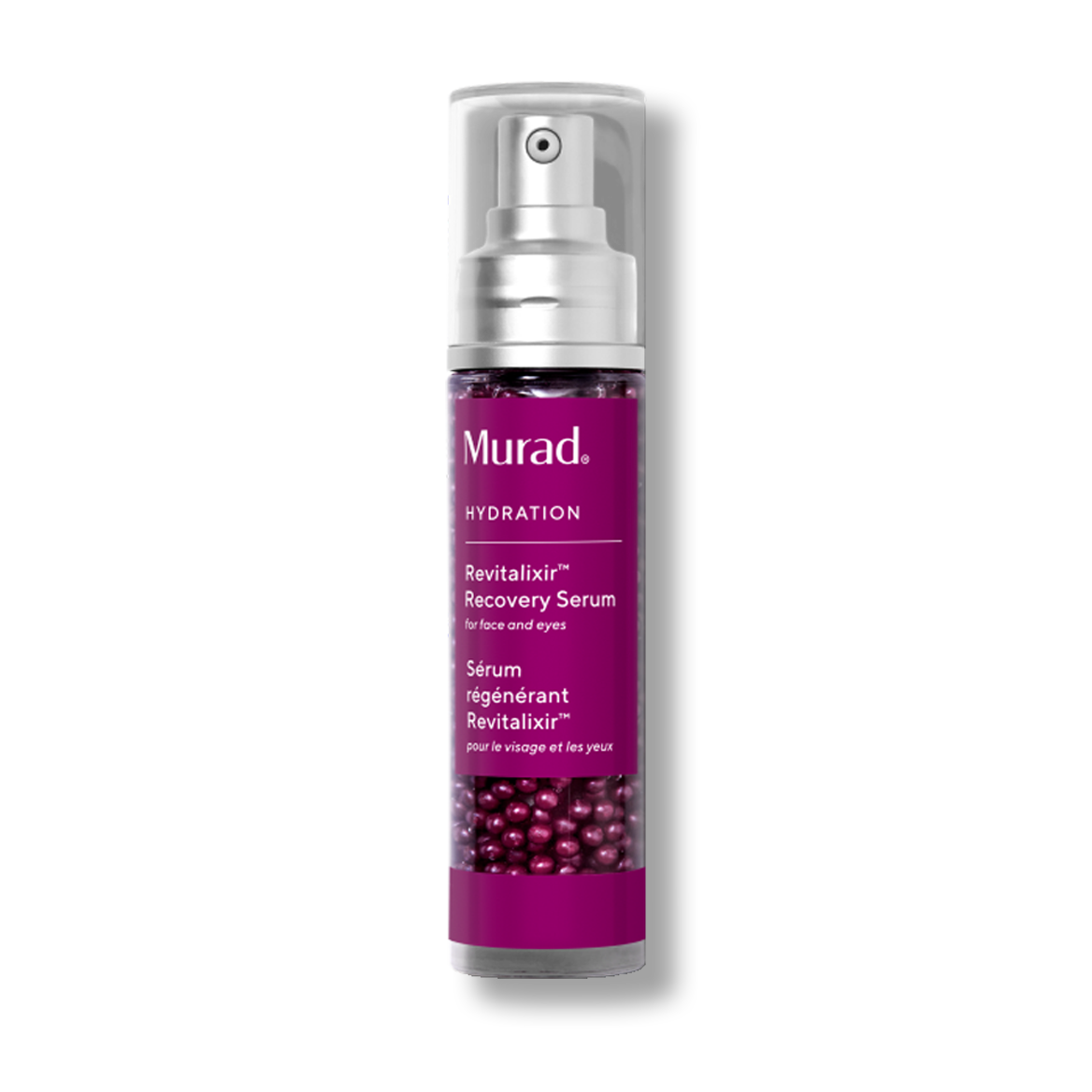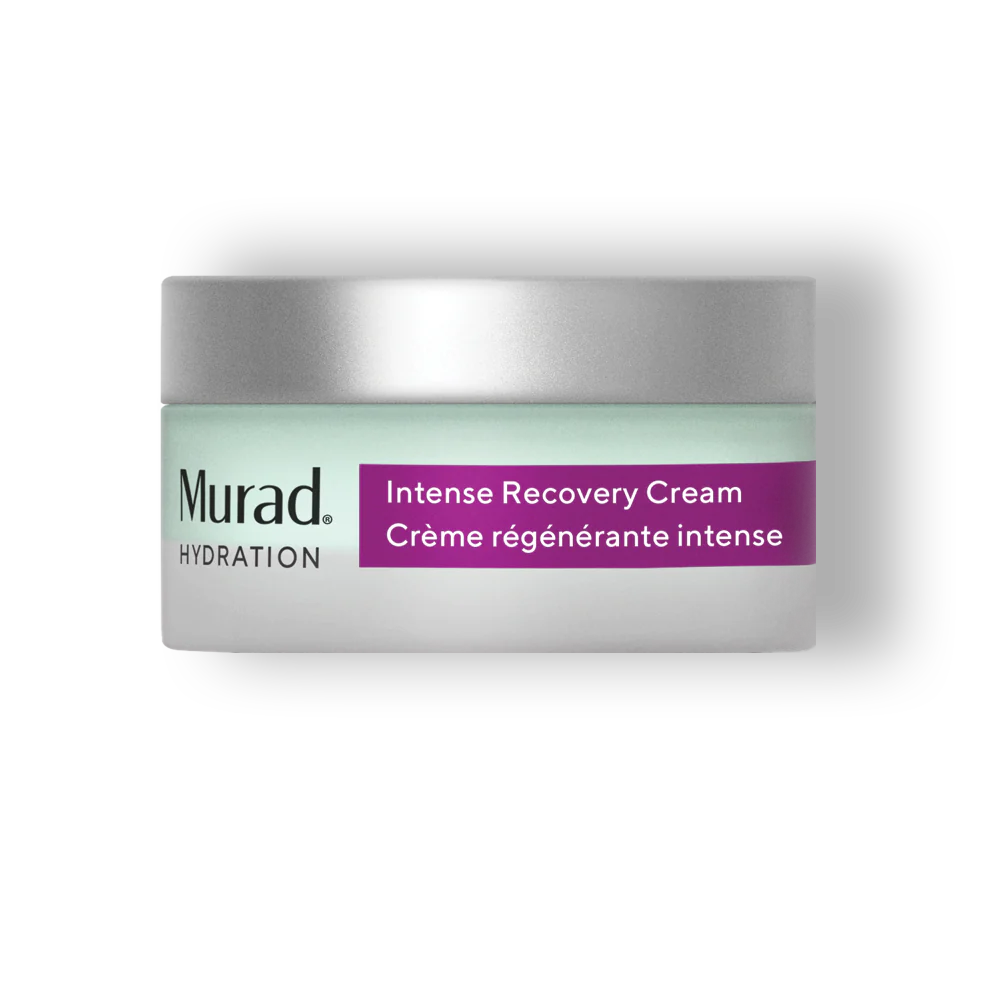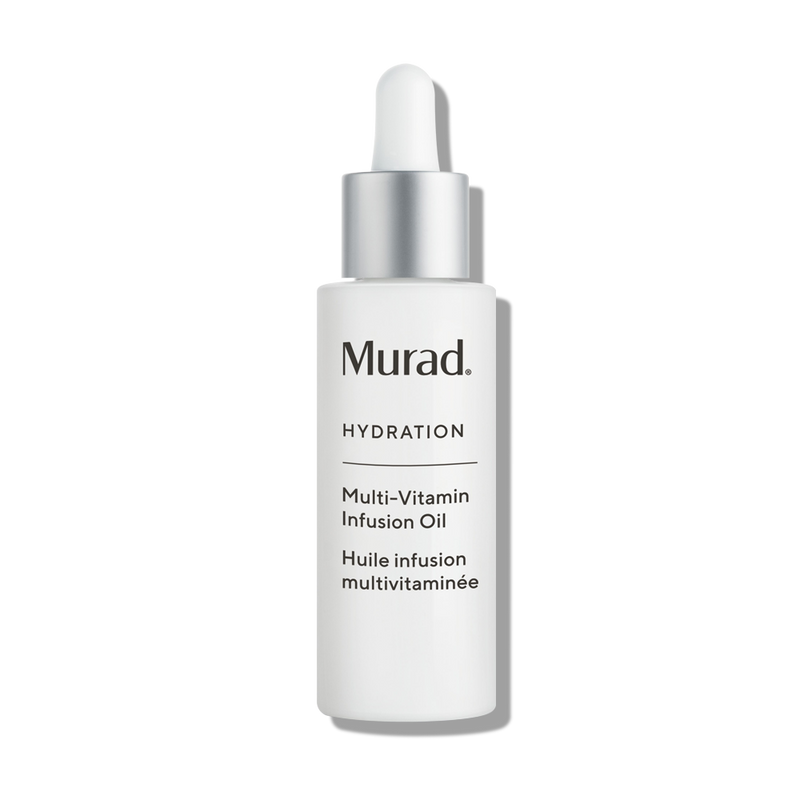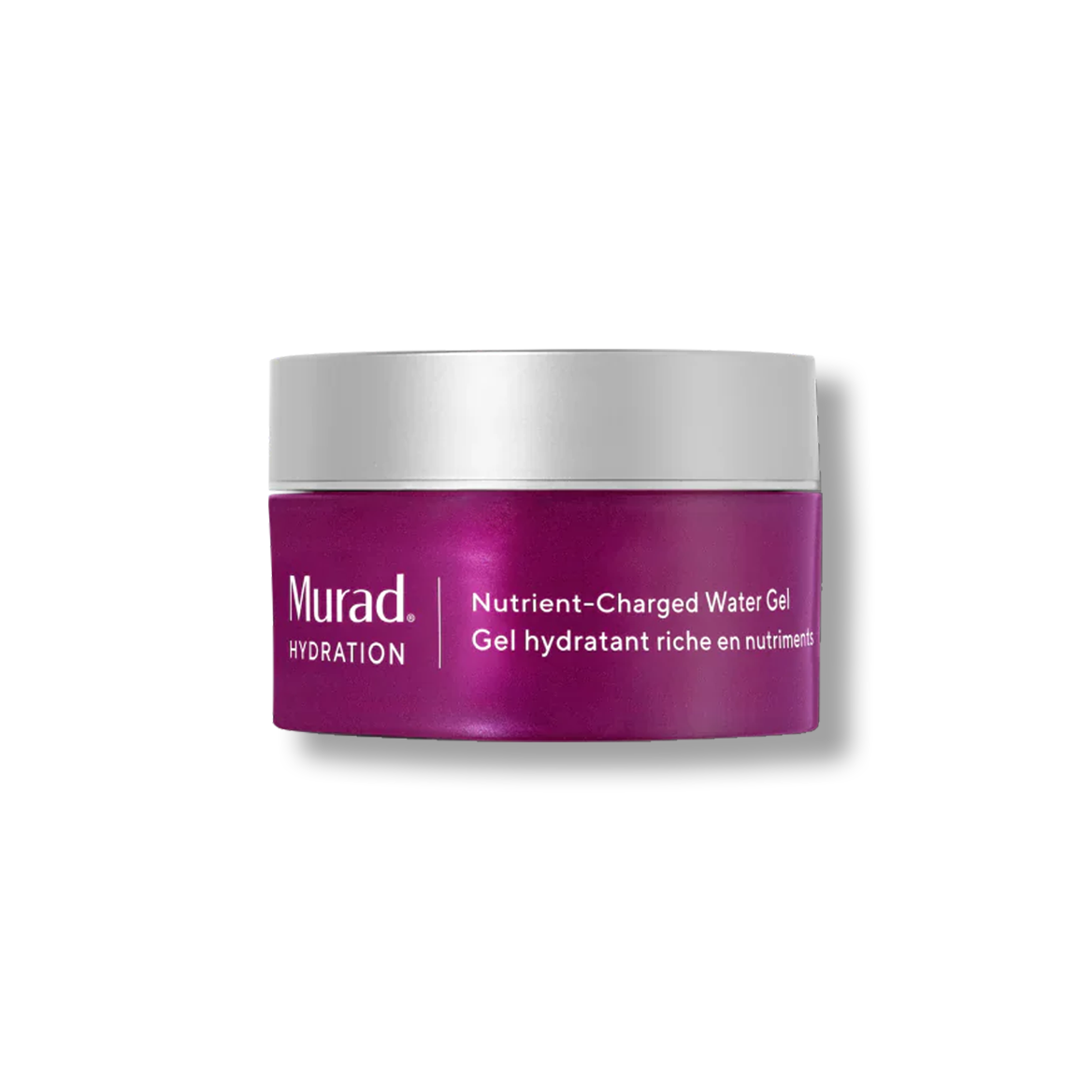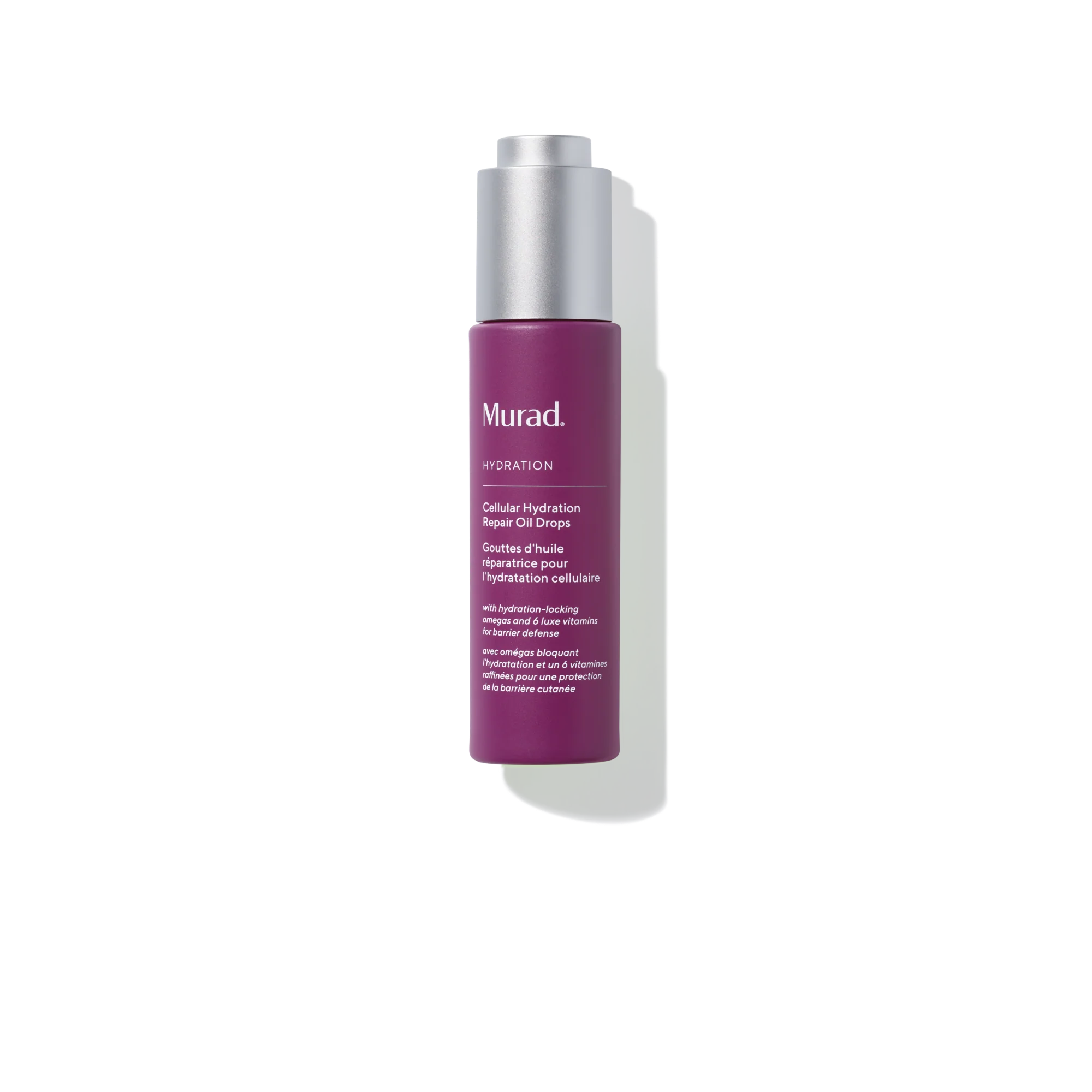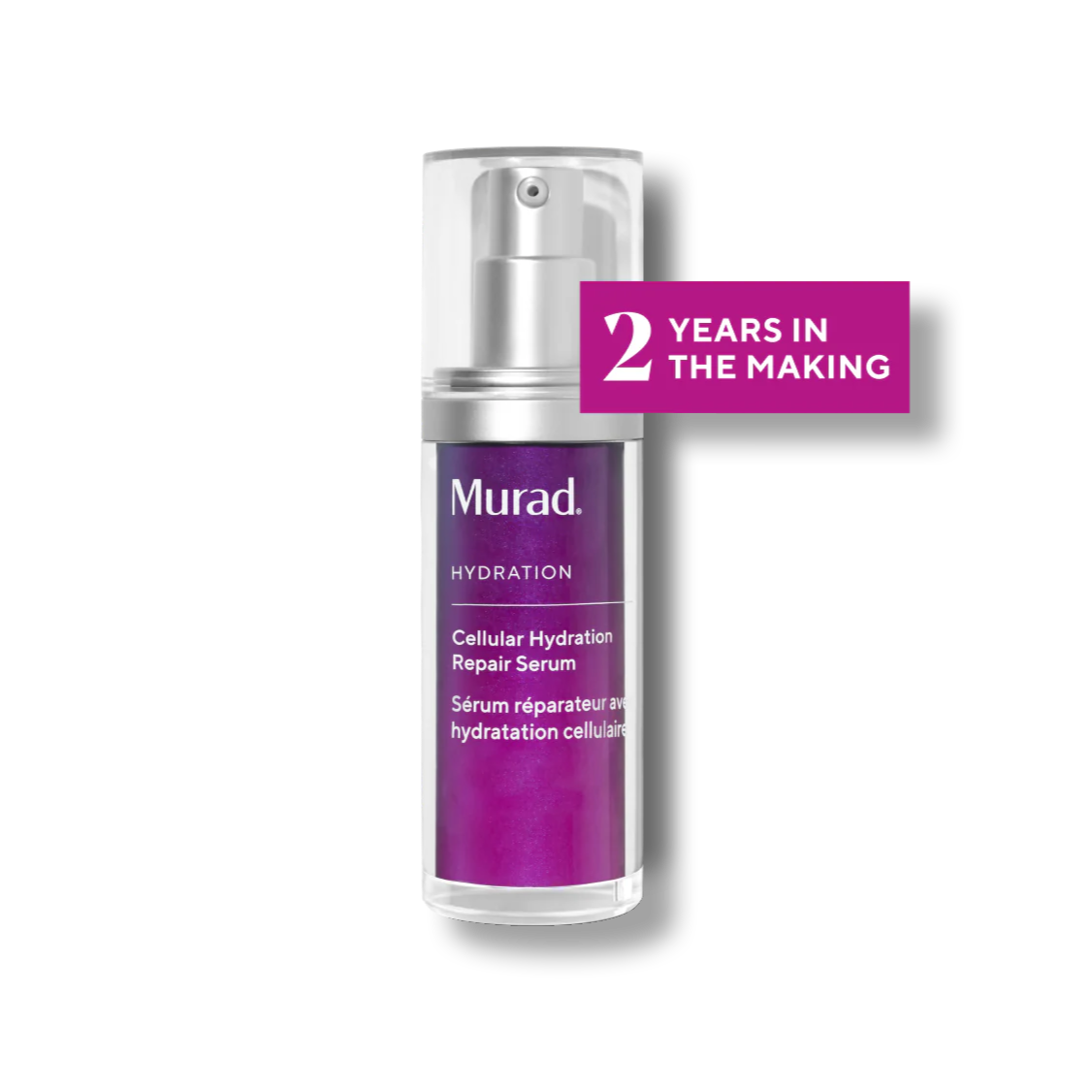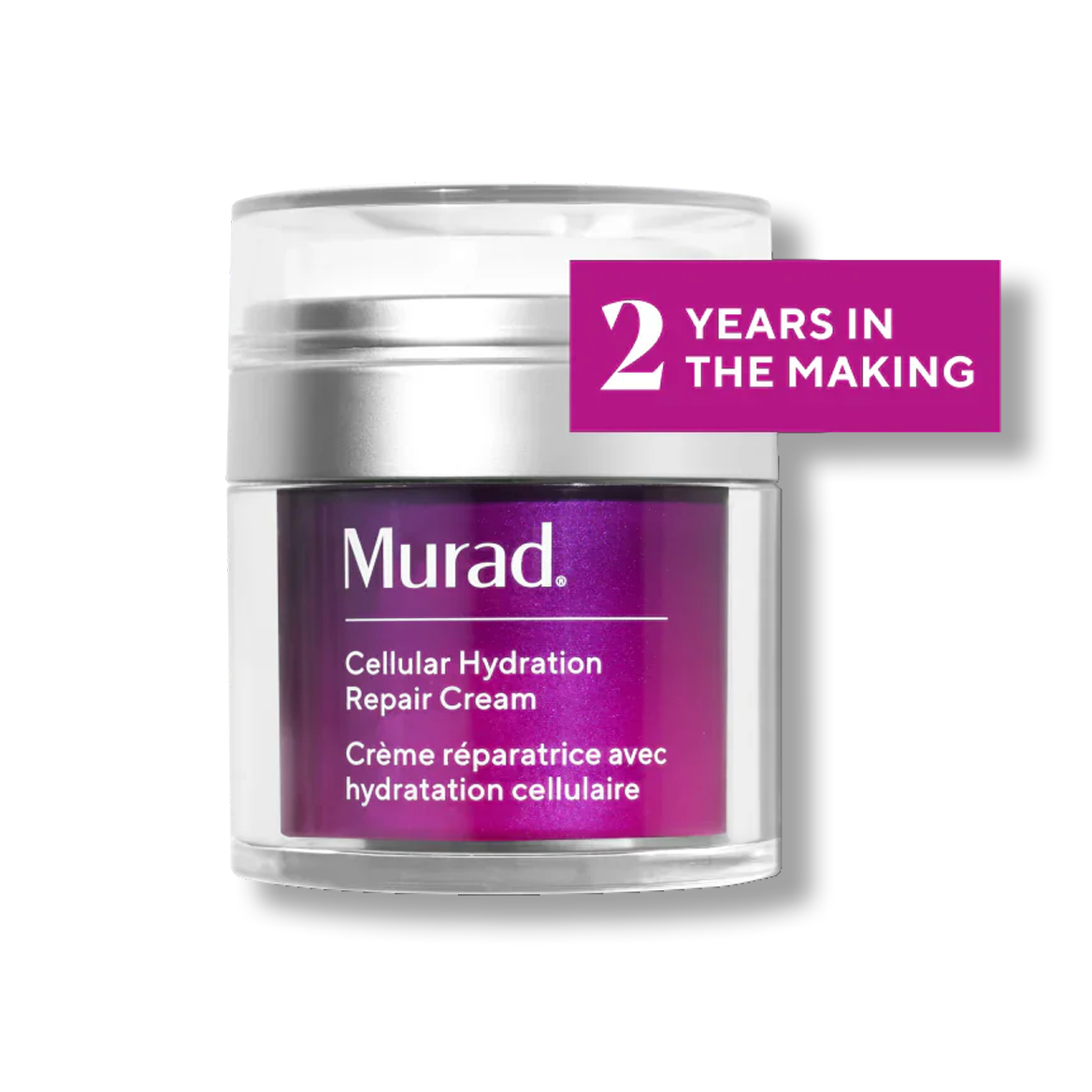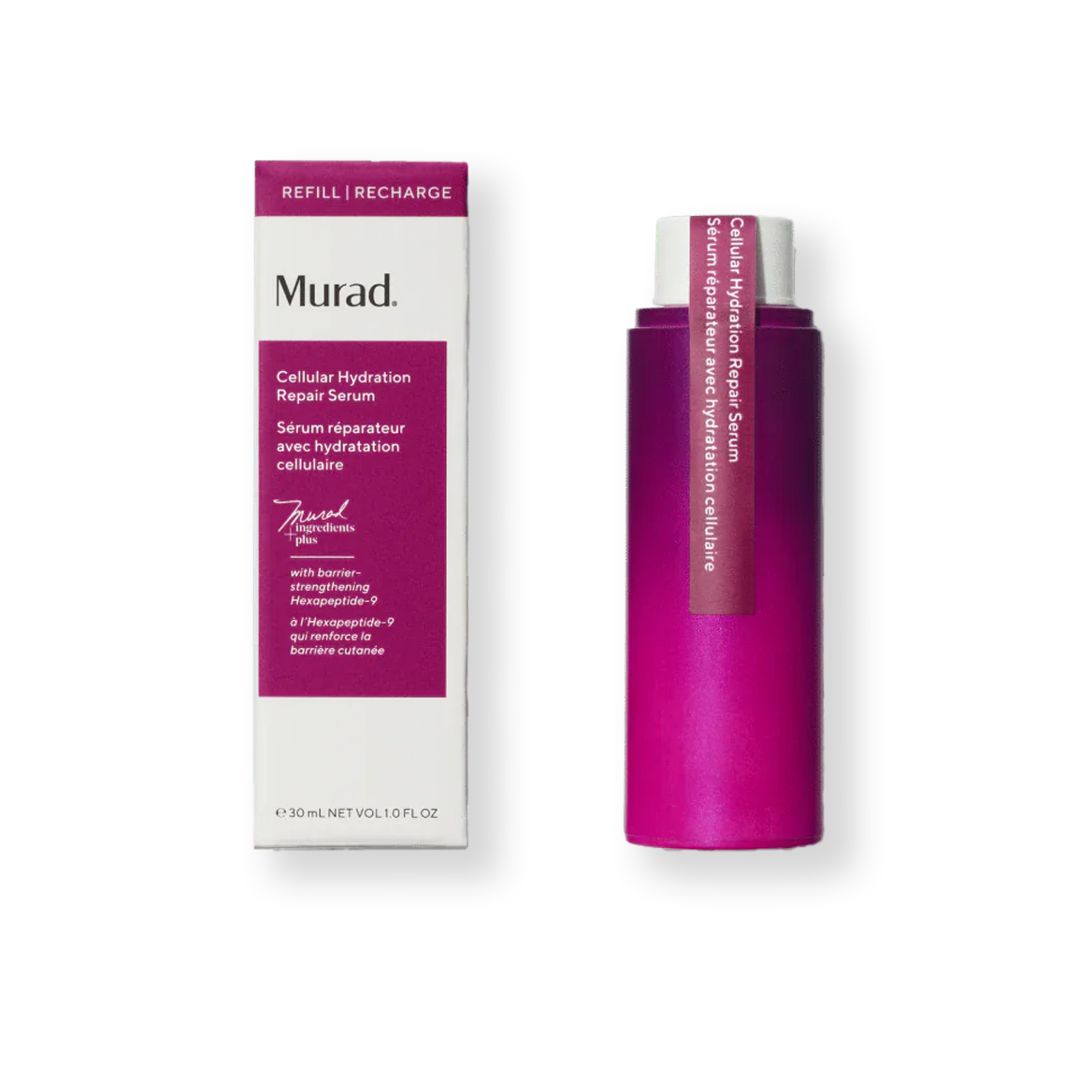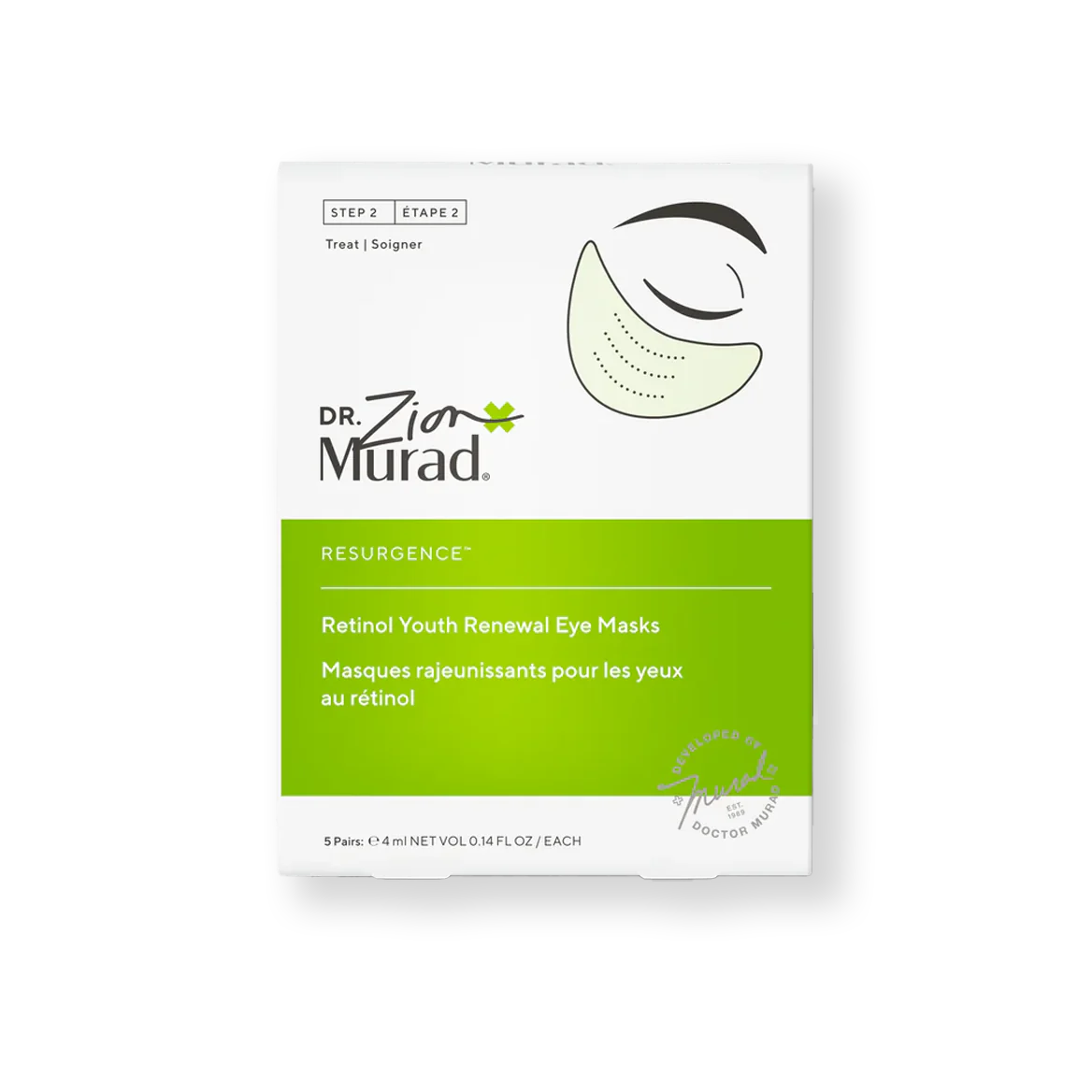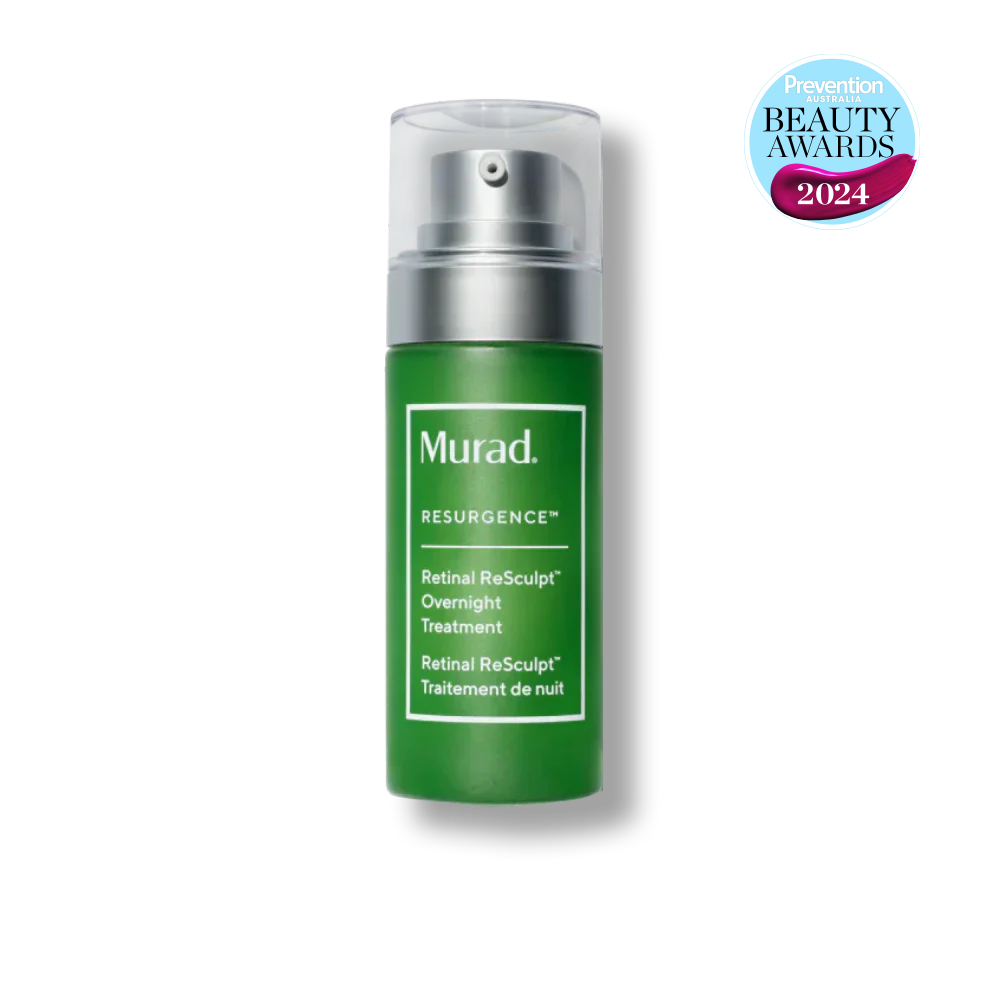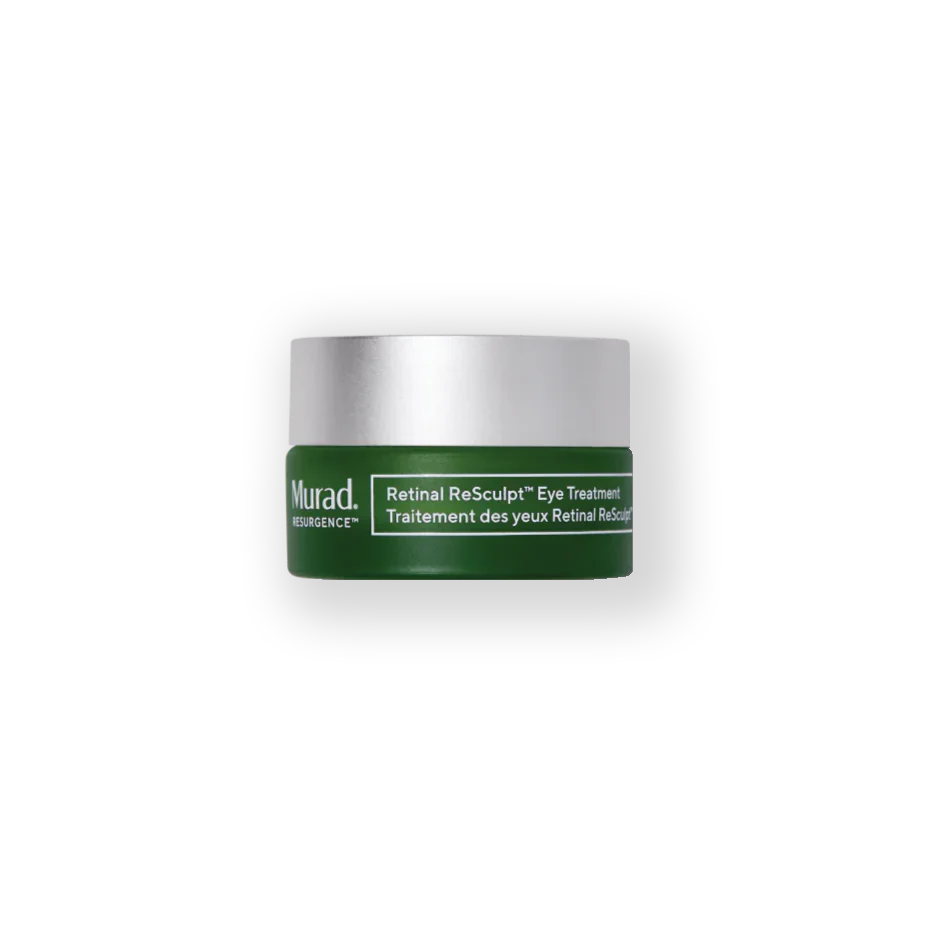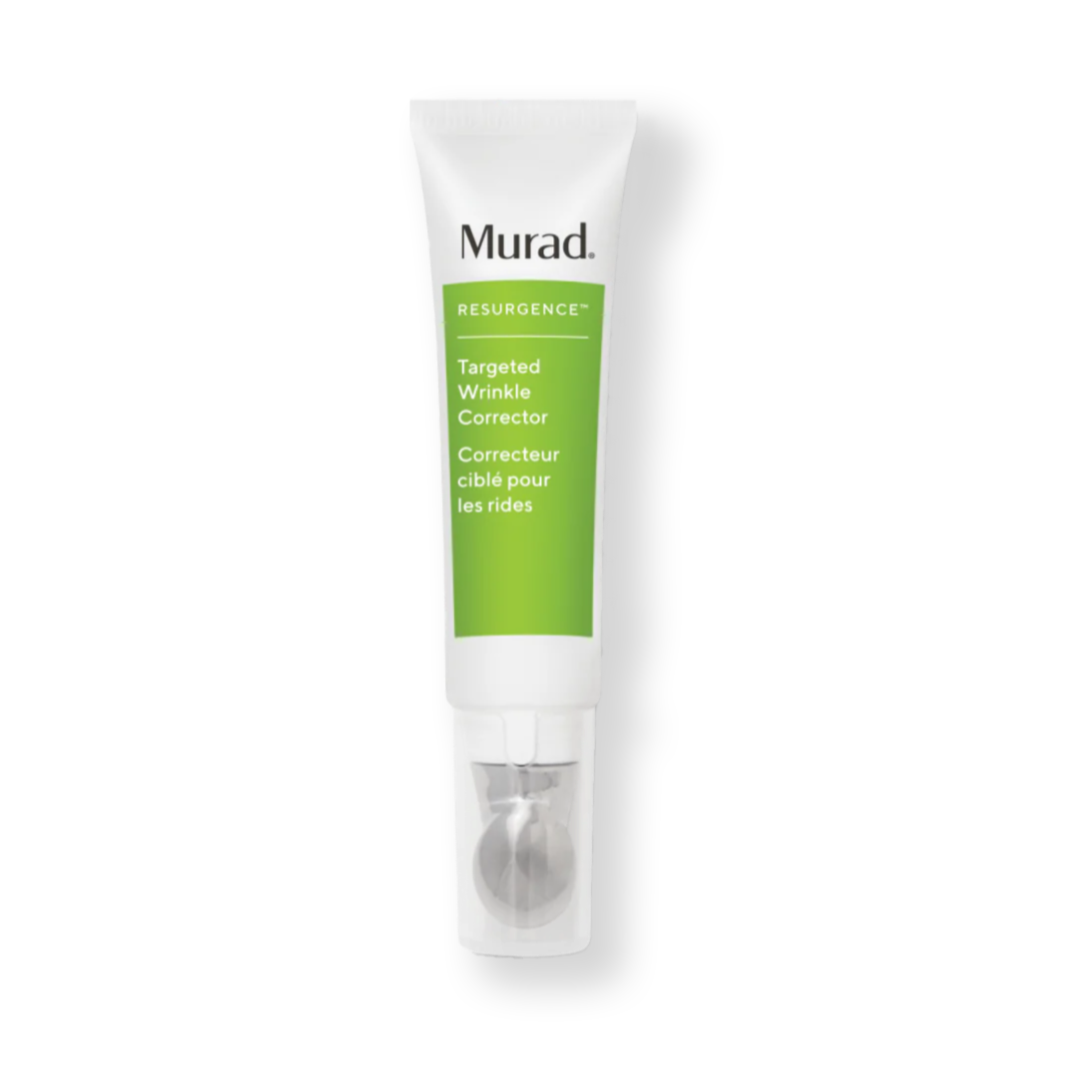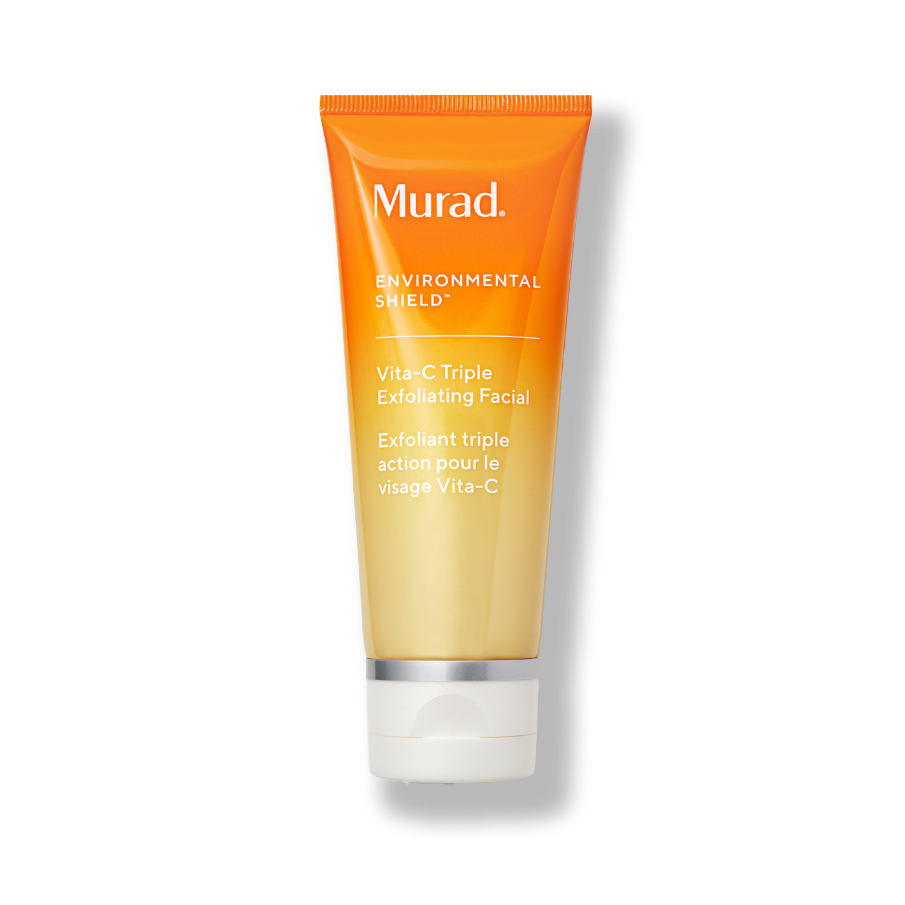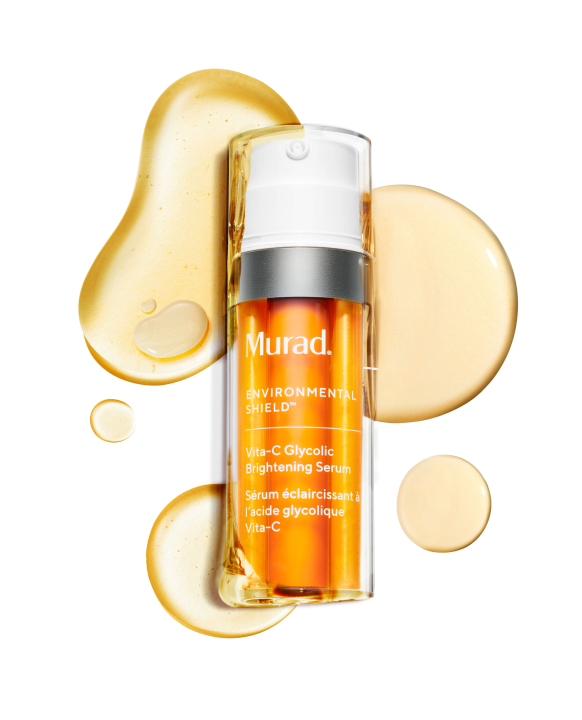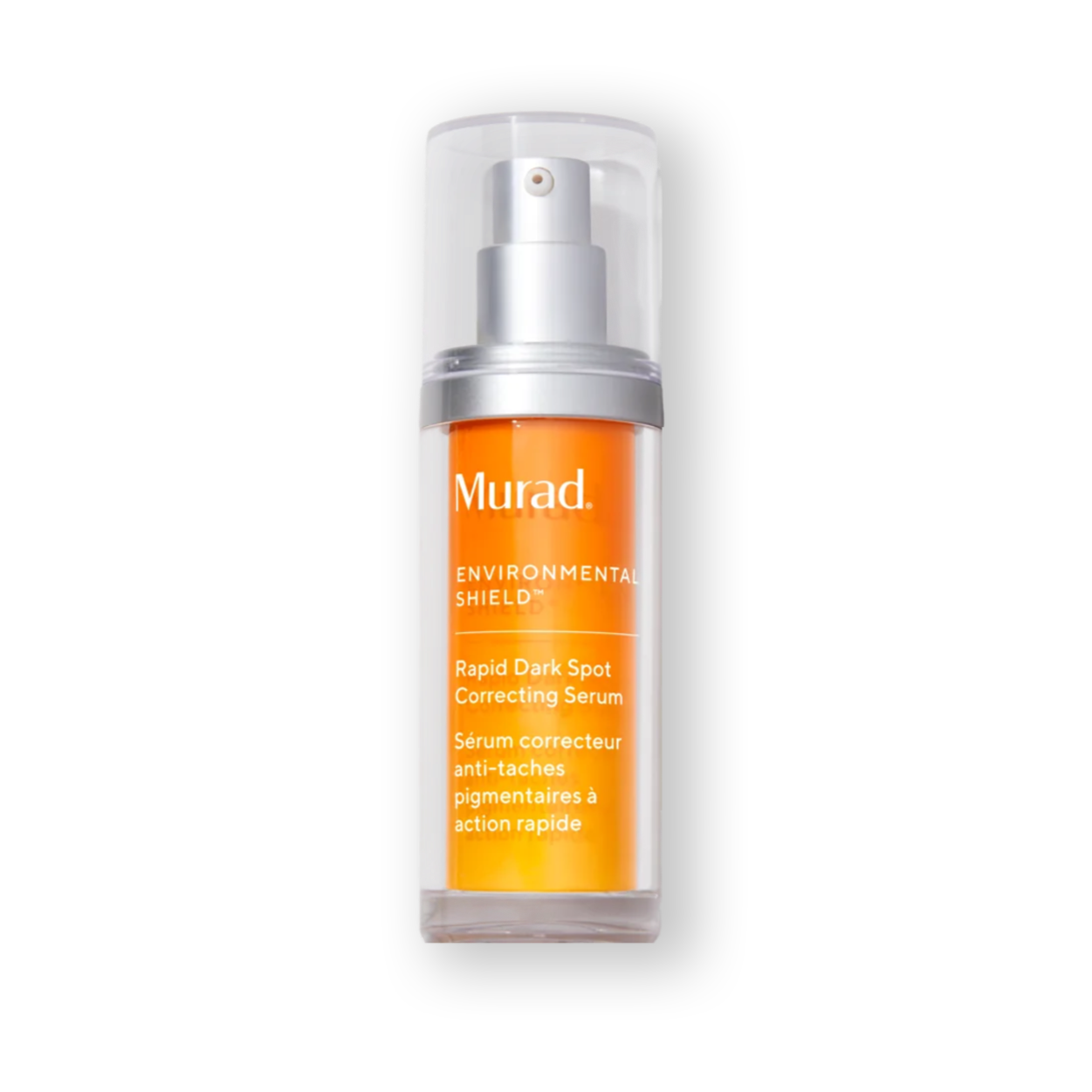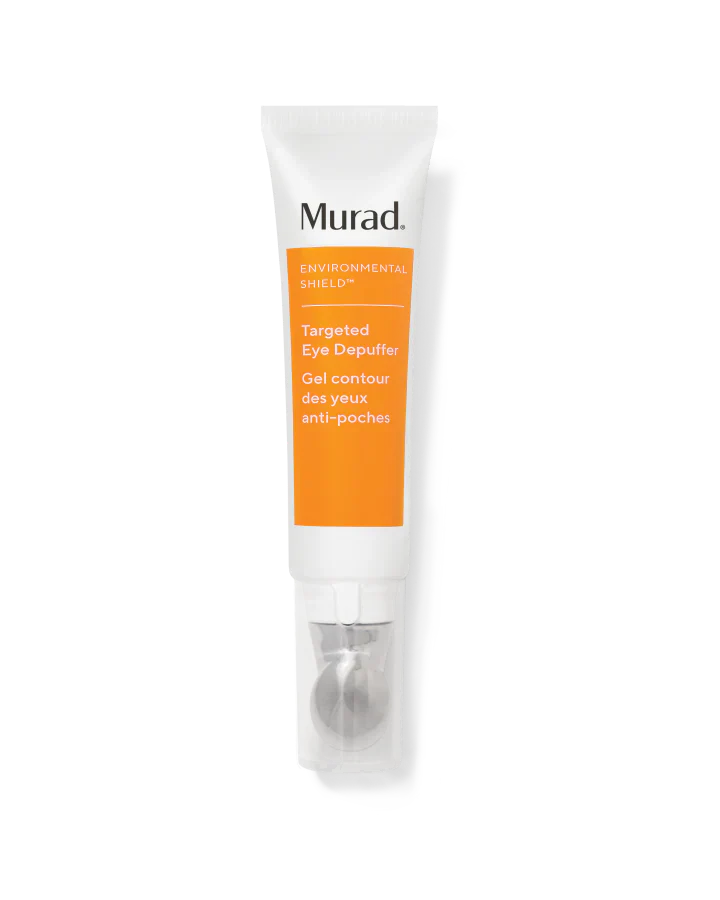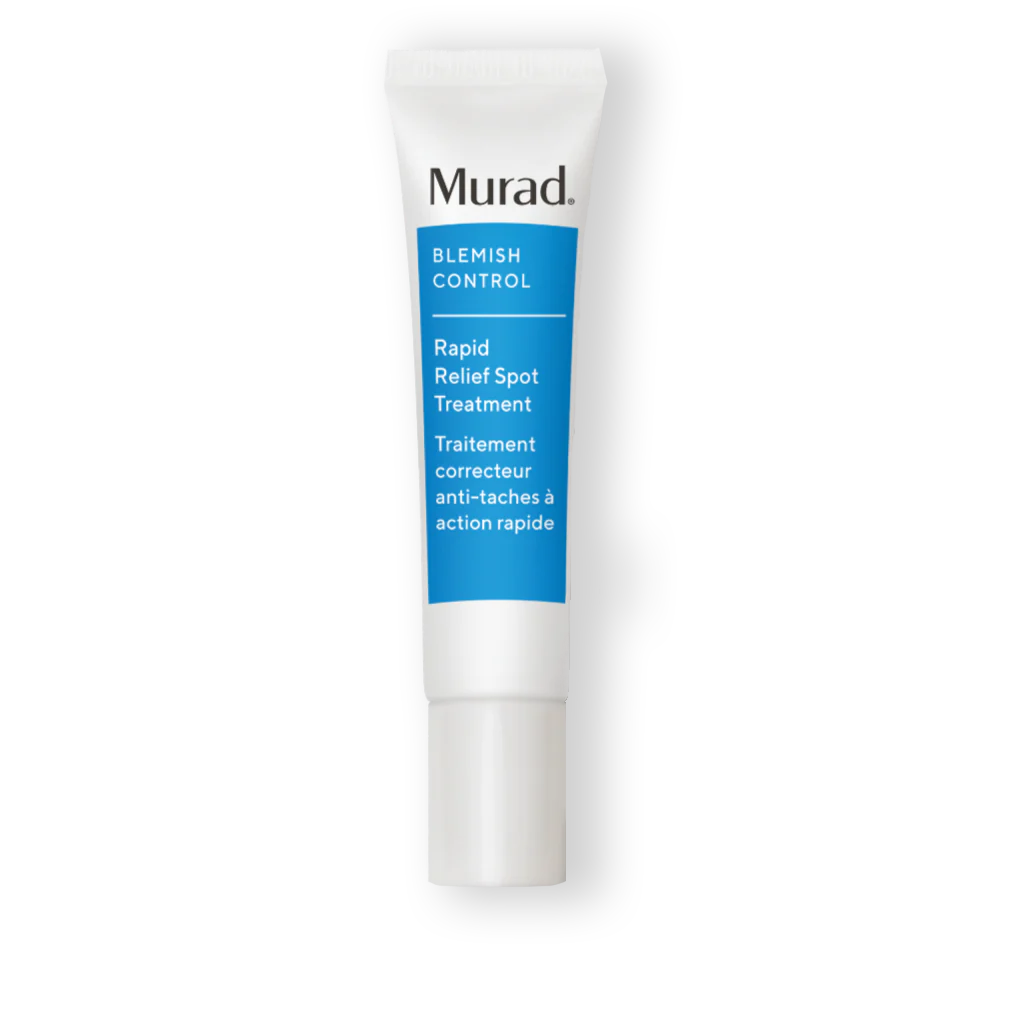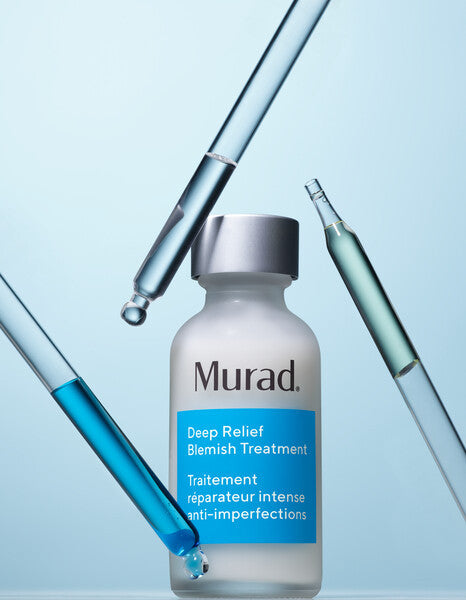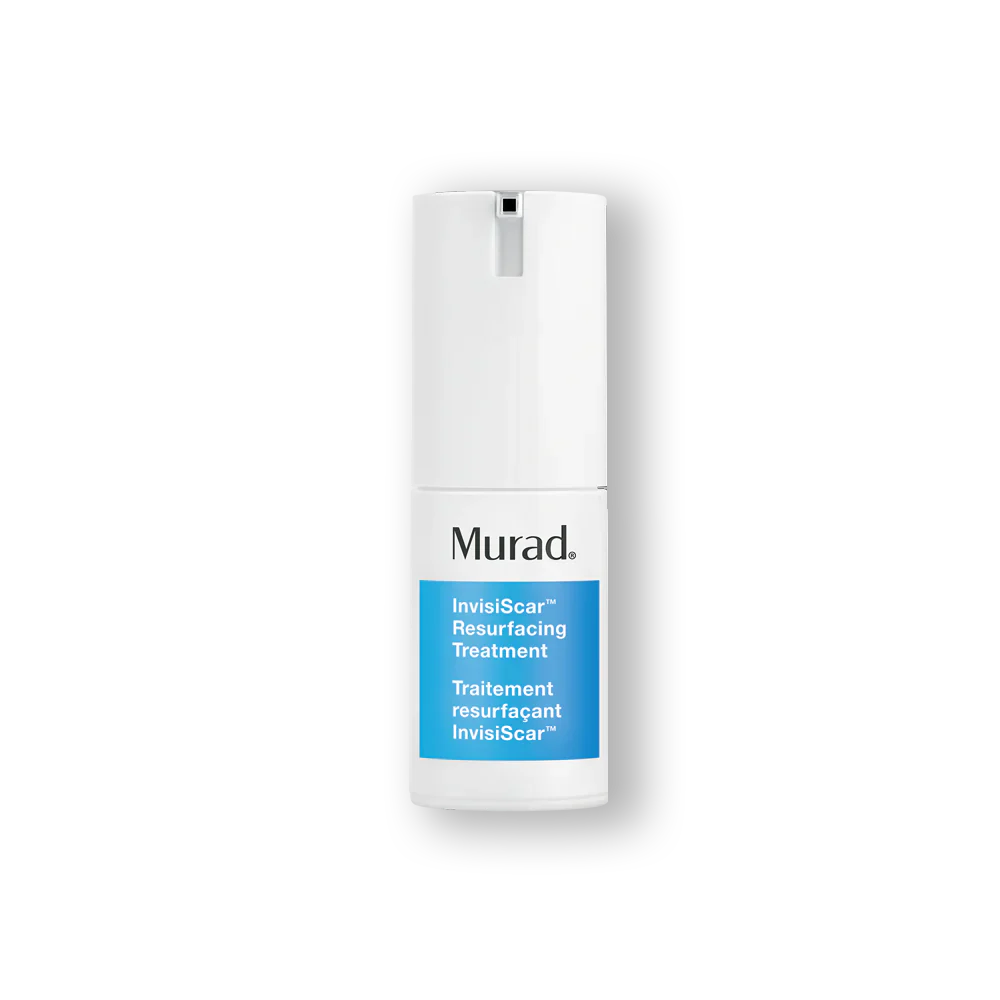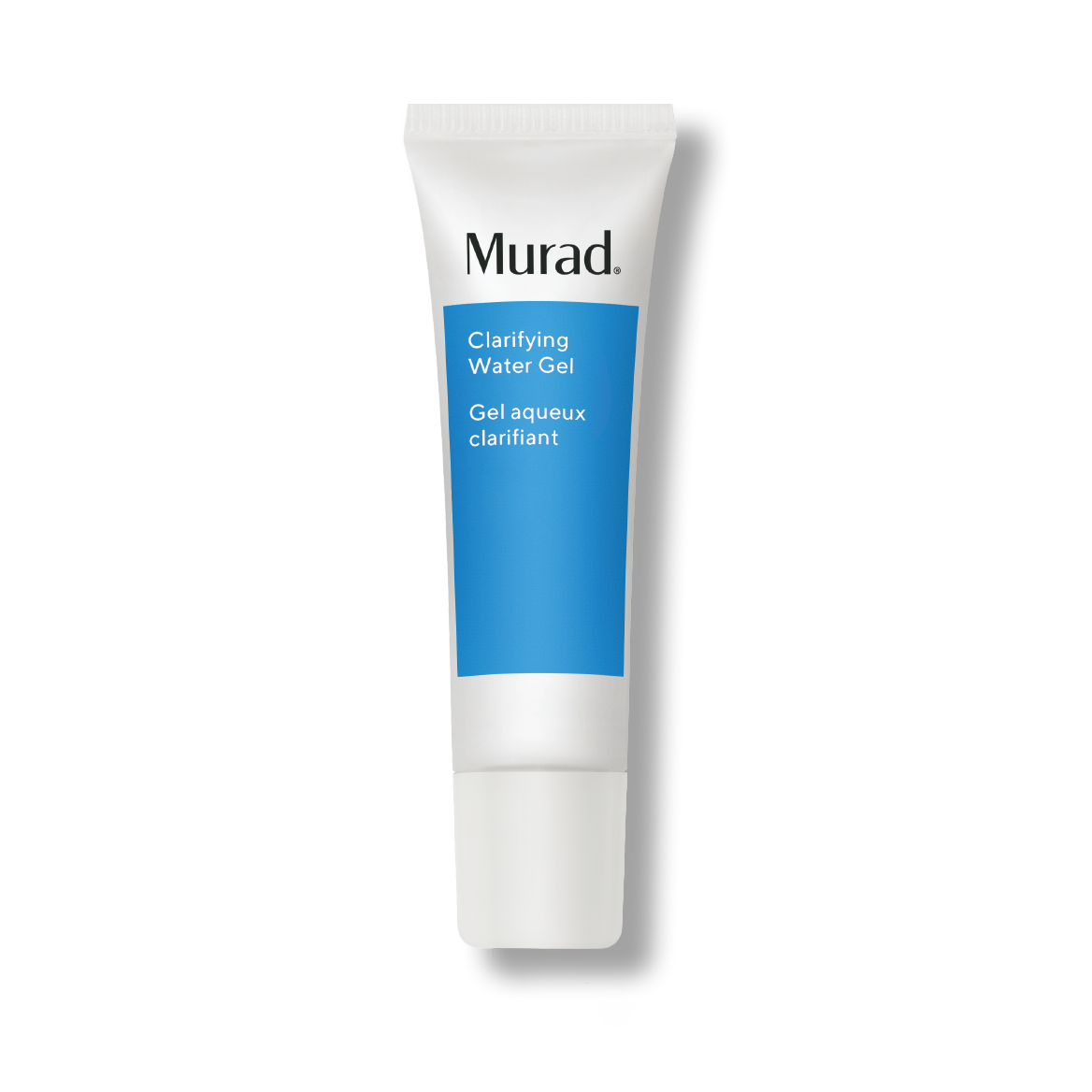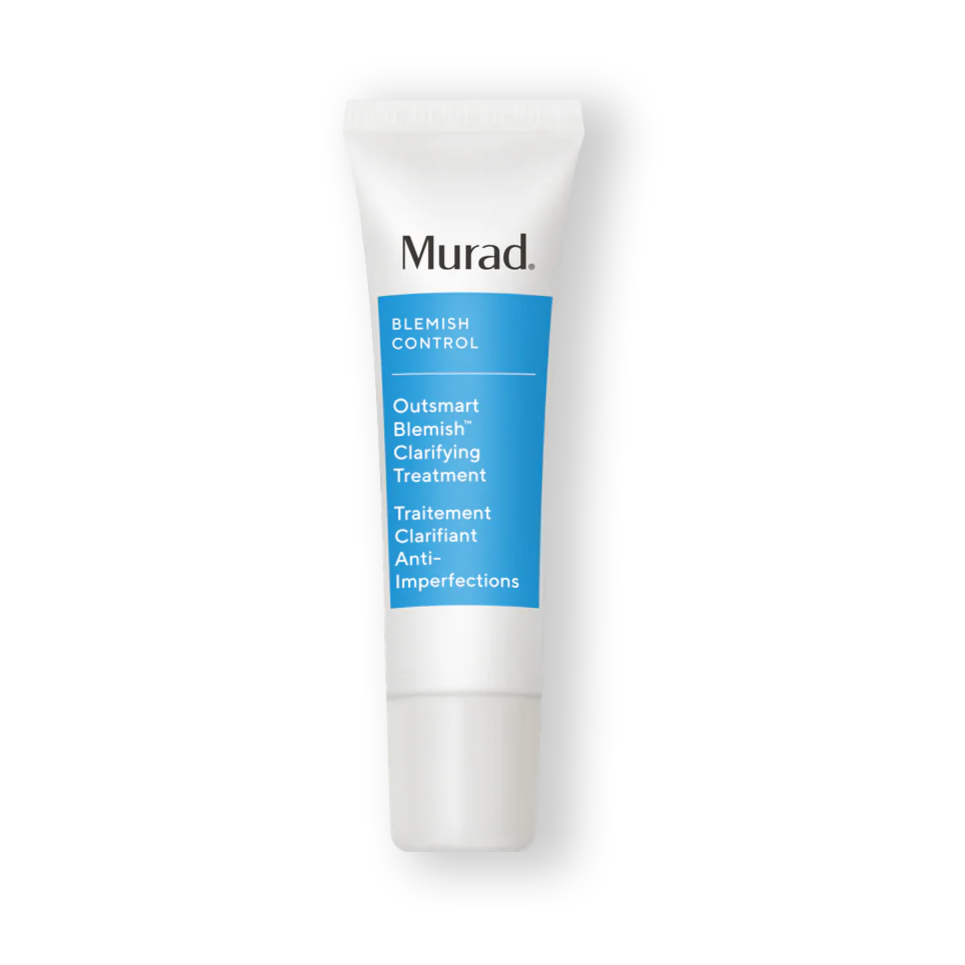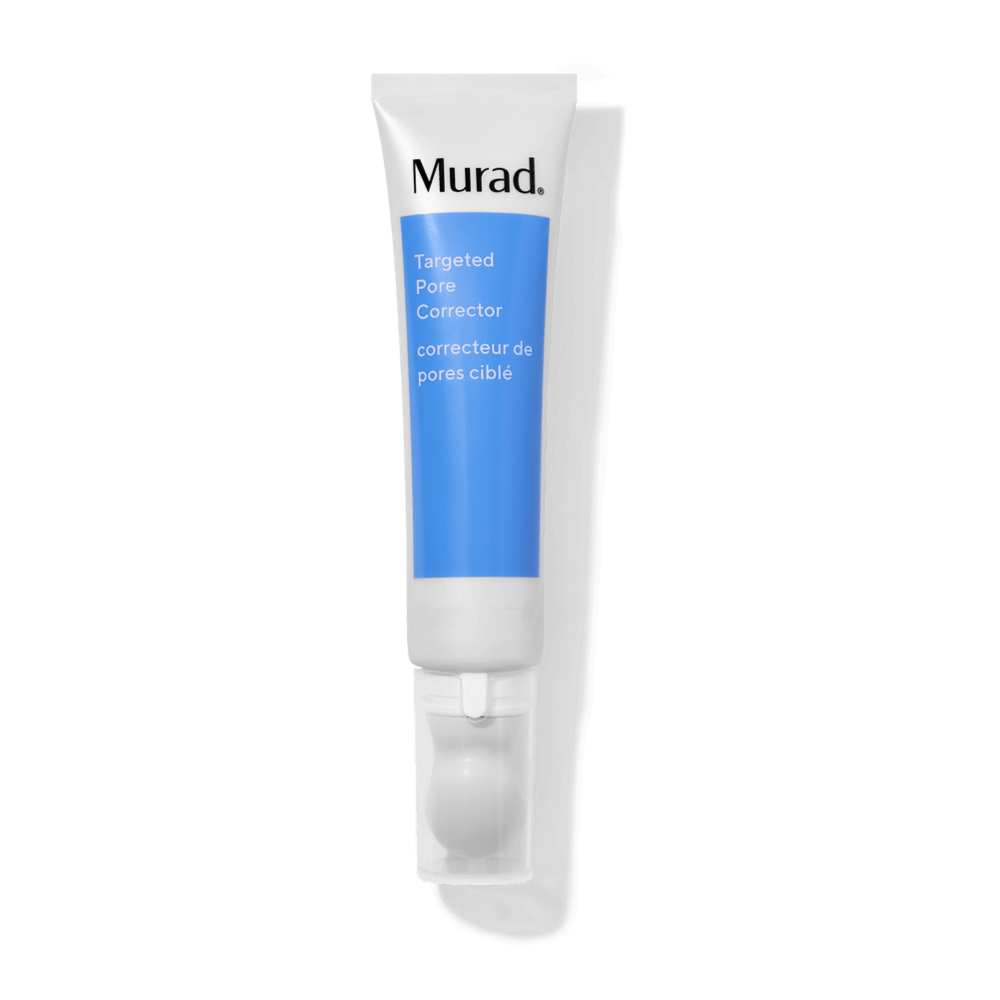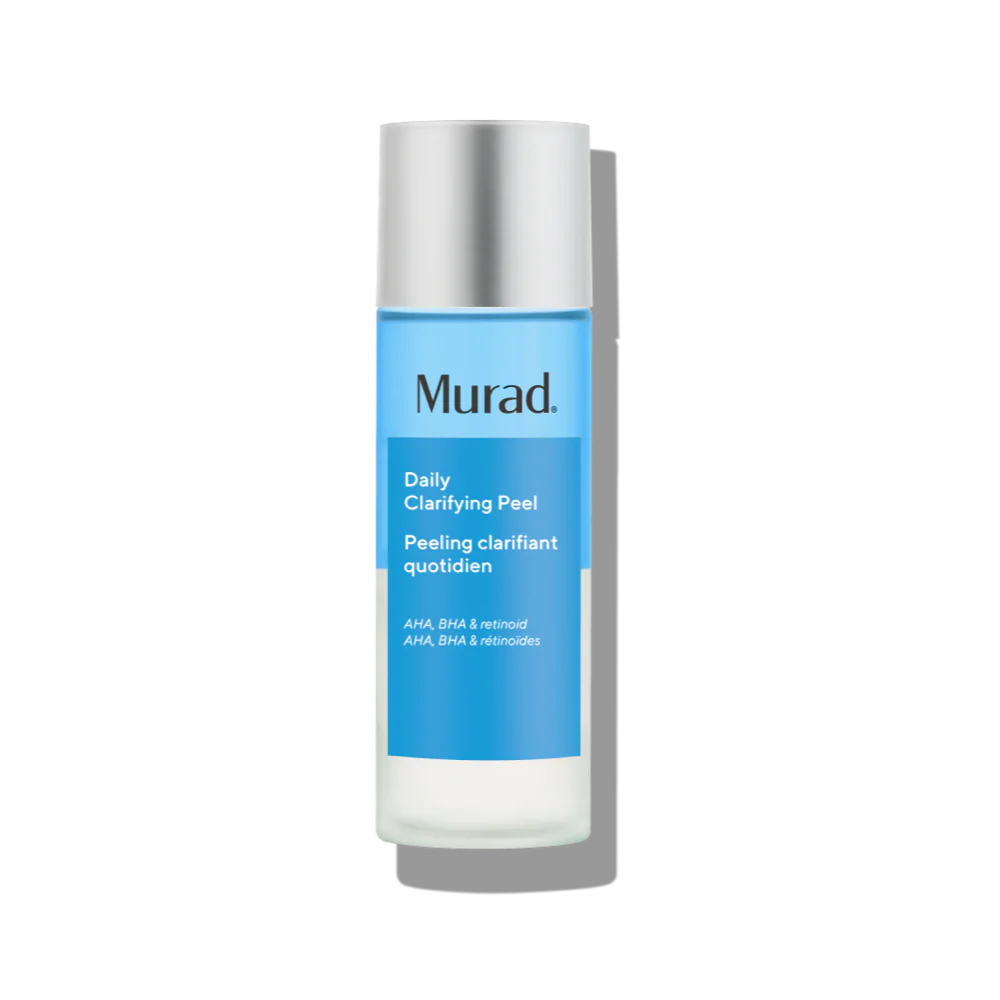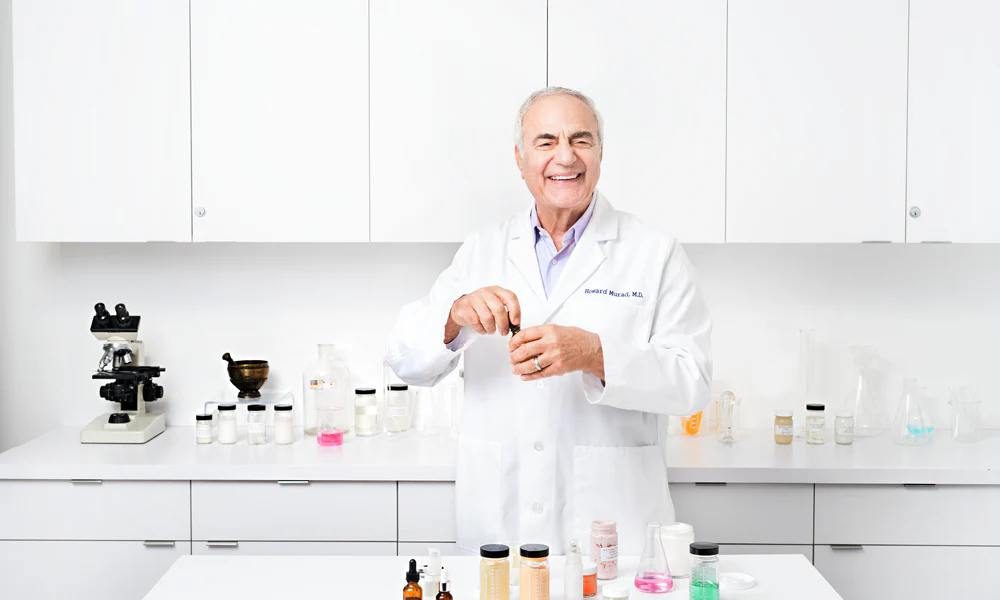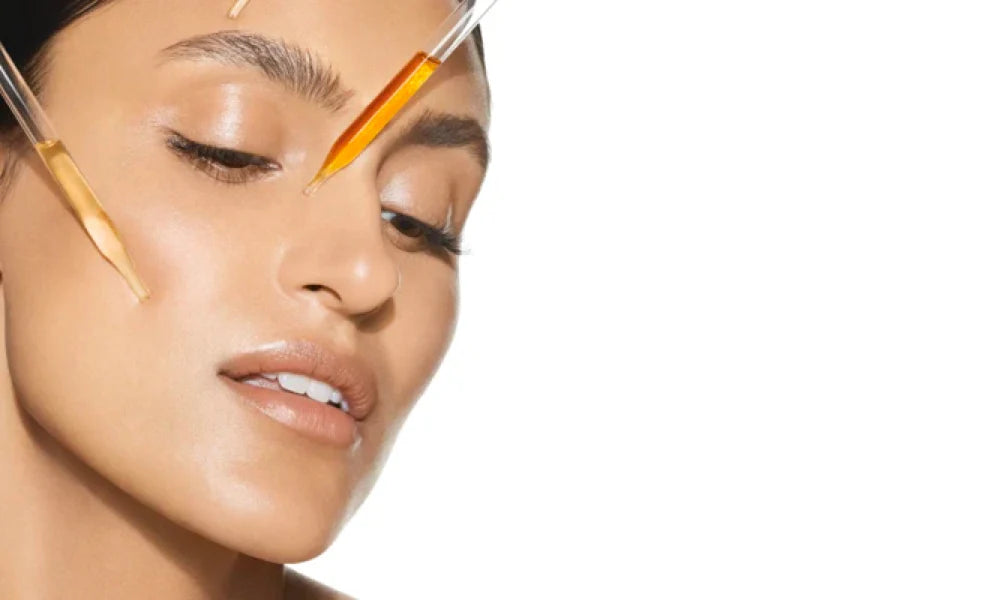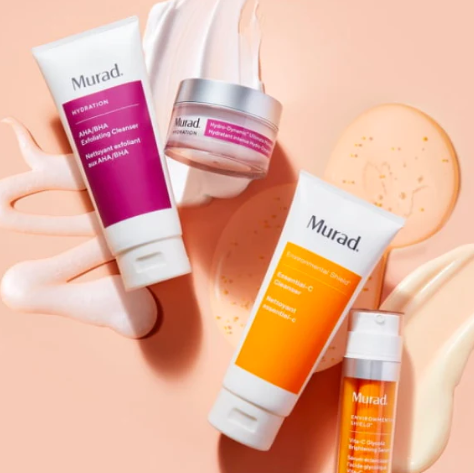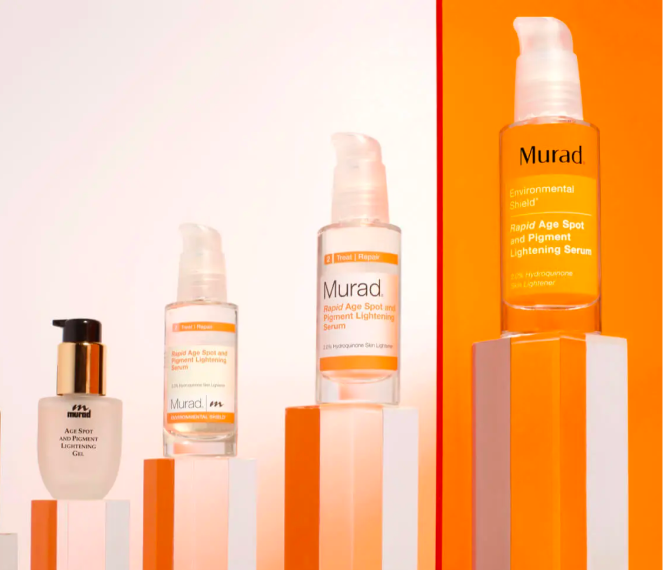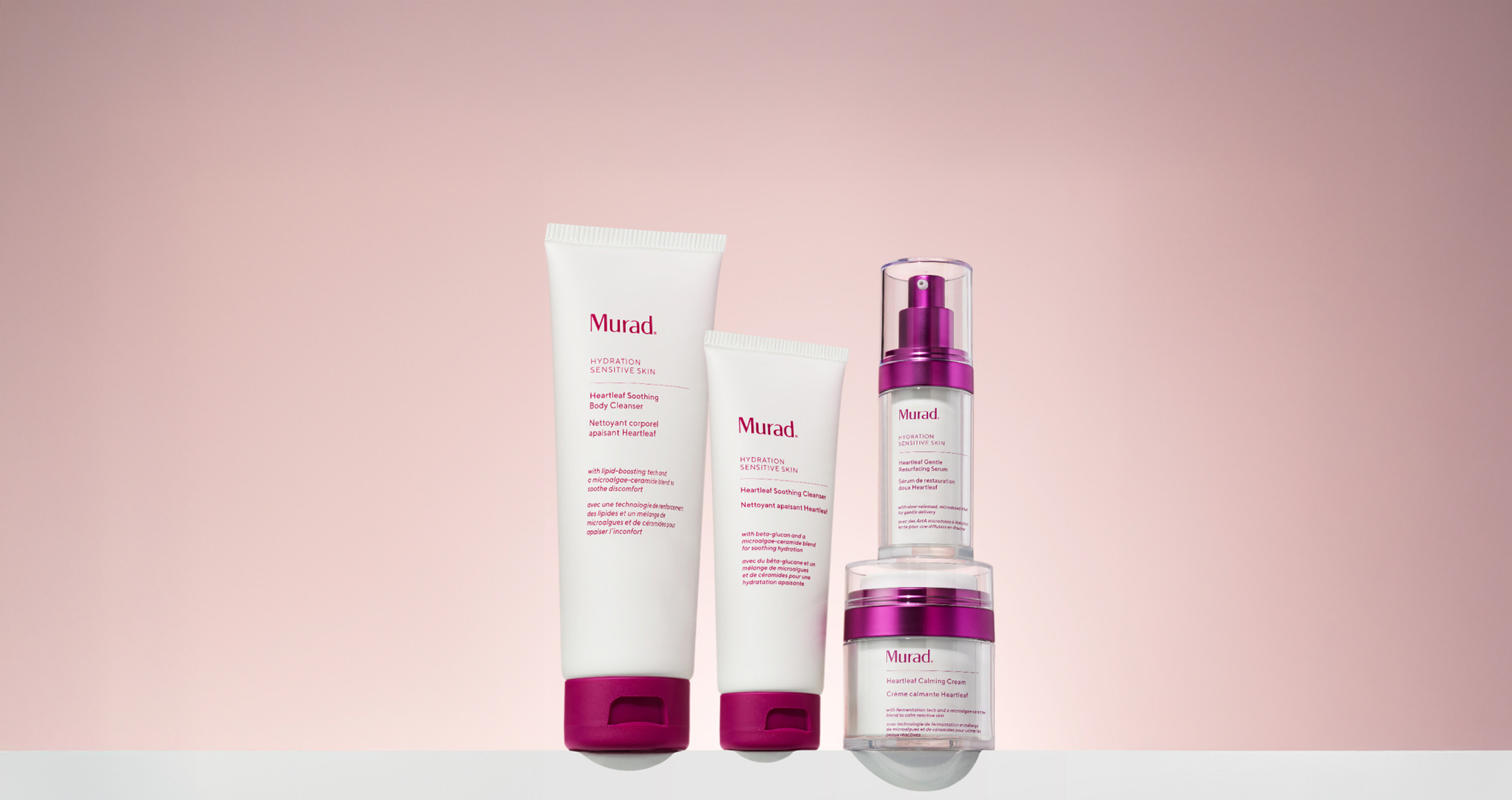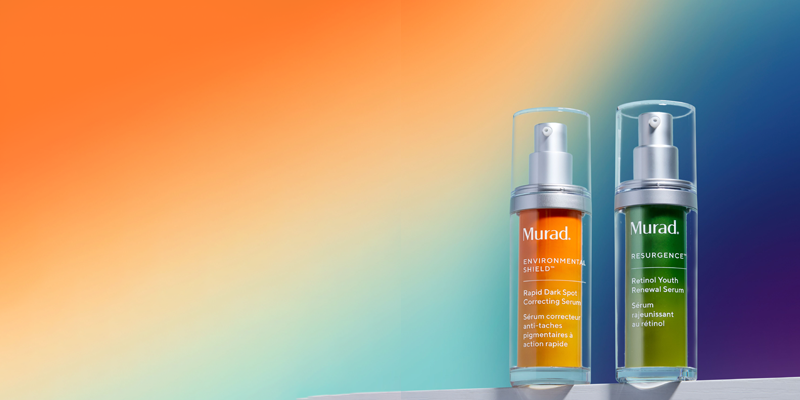What Are the Side-Effects of Retinol? And How Can You Avoid Them?

Since the 1970s, retinol has been the skincare go-to for tackling concerns from acne to wrinkles. While most experts recommend retinol as part of a preventative or corrective skincare regimen, its association with sensitivity, redness and itching can put off some people. If you’re curious about what retinol does and how to make retinol work for you, keep reading for our best strategies that help maximise benefits, while avoiding side effects.
Retinol is most effective when you use it properly and follow these tips:
Ease into it: Over-the-counter retinol products contain varying percentages. When first introducing retinol into your skincare routine, only incorporate it a few times per week, once per day. This will give your skin time to adjust.
Avoid over-applying: When considering how much retinol to use, more isn’t better. Applying large amounts of retinol won’t intensify or speed its results, and can lead to skin irritation and dryness. Usually, a pea-sized amount is all you need.
Monitor irritation: Because retinol can lead to dry skin, minor irritation can be typical for the first couple days. However, if skin irritation or dryness worsens, discontinue use and speak with your dermatologist.
Assess your tolerance: Once your skin adjusts, you can start using your retinol serum or retinol cream every other day, or even once a day.
Use retinol at night: Dermatologists recommend using retinol at night because it can make your skin sensitive to UV light, and retinol’s rejuvenating benefits pair nicely with your skin’s natural overnight repair process. Always be mindful of sun exposure during the day and protect your skin with an SPF.
Building your skincare routine with retinol Creating a complete skincare regimen can help maximise retinol’s results.
Apply to clean, dry skin: Prep your skin for treatment with a gentle cleanser for your skin type to lift away oils and debris without over-drying. If your skin is damp when you apply retinol, the retinol is absorbed more deeply into your skin, which may cause irritation more easily.
Use your tools: If you like, follow your application of retinol with a jade roller or gua sha, using upward and outward motions to massage skin.
Wrap it up with hydration: Let your retinol product dry completely, then follow with a hydrating serum or moisturiser. Don’t dismiss the hydration step—even oily skin and breakout-prone skin types can suffer from dryness caused by retinol. If you’re concerned about a moisturiser feeling too heavy, try a lightweight, hydrating serum.
Start every morning with SPF: Applying sunscreen every day is a critical part of any good skincare routine and because retinol pushes newer, thinner (and thus more vulnerable) skin cells to the surface, SPF defense becomes all the more important. Be mindful of sun exposure when using retinol and apply a broad-spectrum SPF daily.
Whether you’re new to retinol or just need a refresher, here are a few essential rules to live by.
Don’t use retinol if you’re pregnant: Many pregnant women experience hormonal-induced skin problems like melasma (the mask of pregnancy) that might be helped by retinol. However, it’s recommended that women avoid using retinol while pregnant, due to possible birth complications. More research is needed to fully understand this connection and until then, experts recommend avoiding retinol while you’re expecting.
Do mix accordingly: Mixing retinol with some ingredients can increase sensitivity and dryness. A good rule of thumb when considering how to use retinol with other skincare essentials is to use retinol at night and use your other products, like AHAs, BHAs or vitamin C during the morning. Or, use these ingredients on days when retinol isn’t part of your regimen.
Don’t ignore irritation: Minor irritation is quite common for new retinol users, but if that irritation becomes more serious and includes burning, itching, or tightness from extreme dryness, it’s time to contact your dermatologist.
Do be patient: You won’t get a six-pack after just a few workouts, and similarly, the visible effects of retinol on any skin concern can take anywhere from weeks to months for most lasting results. Be patient and consistent with retinol and you’ll see the benefits.
The views expressed in this article do not necessarily represent the views of Murad, and are for informational purposes only, even if the advice of physicians and medical practitioners are included. This article is not a substitute for professional medical advice, diagnosis or treatment, and should not be considered specific medical advice.
References for this information:
Aesthetic Surgery Journal, 2010, volume 30, pages 74-77 American Academy of Dermatology Association Website, Everyday Care Medical Dermatology Associates of Chicago Website Official Publication of The College of Family Physicians of Canada, 2011, volume 57, issue 6, 665-667
Jacki Marzano is SoCal-based storyteller and head copywriter at Murad Skincare. She's shaped the voice of some of the most recognized beauty brands in the business, has a penchant for sharing homemade cookies, and believes SPF is the secret to getting carded well into your 40s.
Shop This Article
-
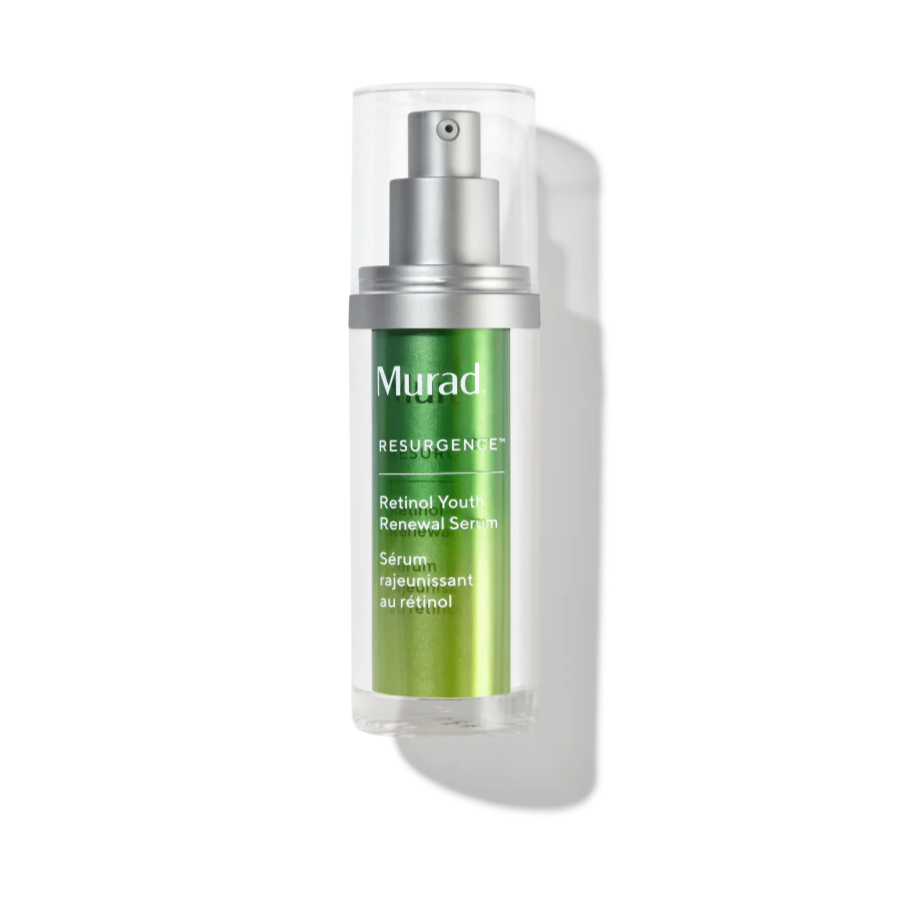
Retinol Youth Renewal Serum
Fast-acting serum with 3 retinol technologies visibly improves key signs of ageing in just 2 weeks. Gentle enough for nightly use.
$150.00 | 30ML -
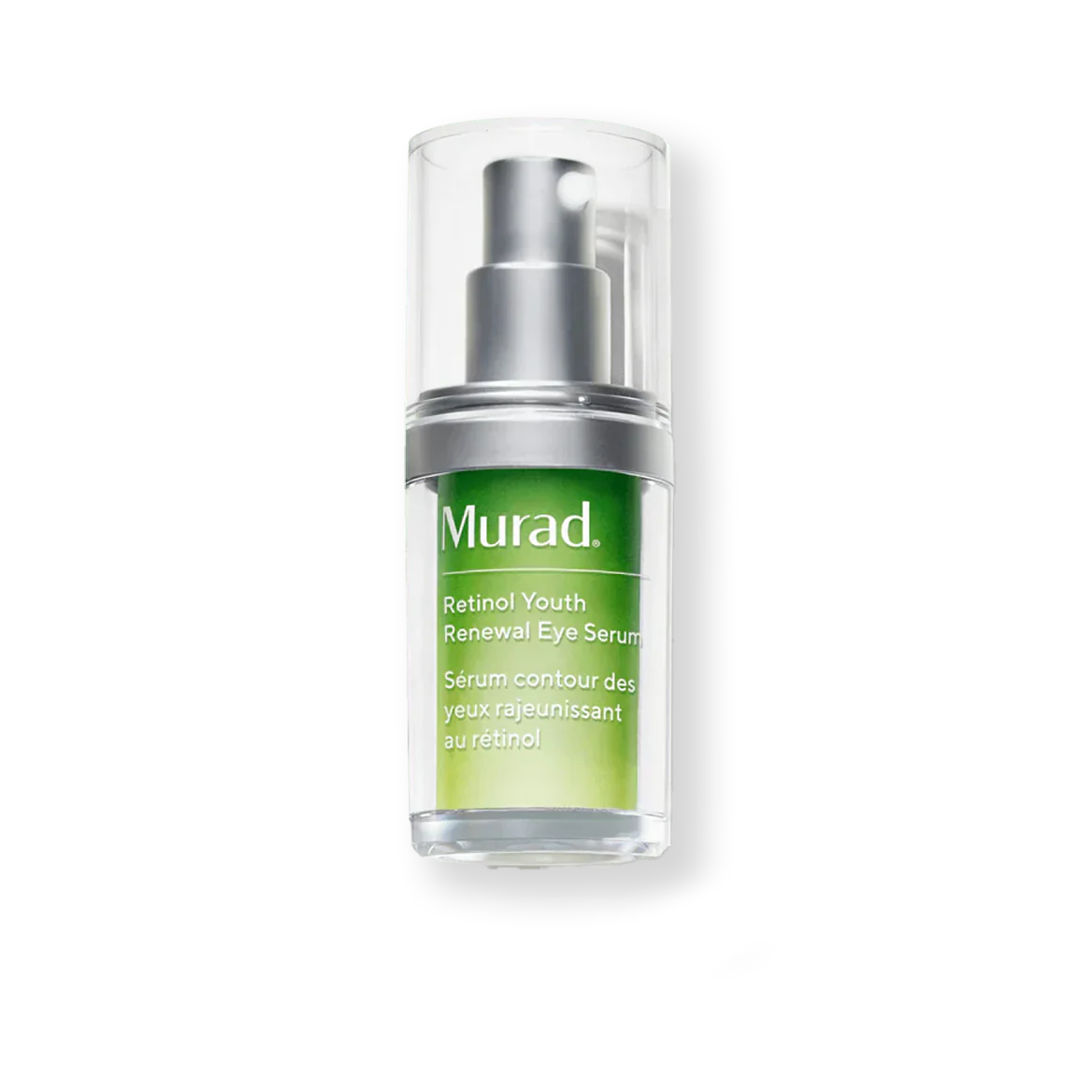
Retinol Youth Renewal Eye Serum
Prevent and reduce the look of wrinkles all around the eyes (including lids!) with Retinol Tri-Active Technology for potent-yet-gentle results
$140.00 | 15ML -
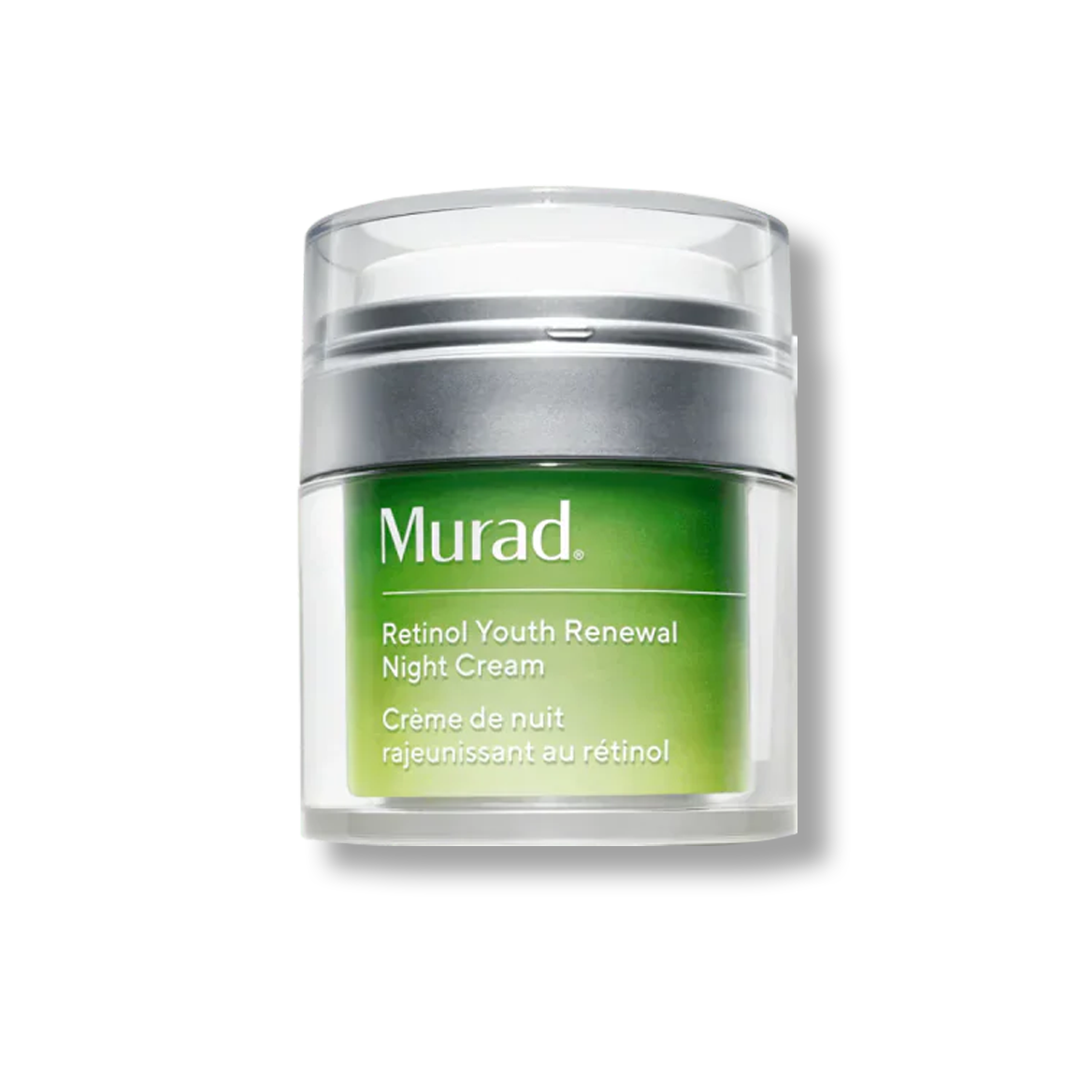
Retinol Youth Renewal Night Cream
This advanced night cream improves the look of youthful contours and wrinkles while intensely hydrating
$135.00 | 50ML -

Essential-C Day Moisture Broad Spectrum SPF 15
Daily moisturiser hydrates, protects and revitalises skin.
$49.00 | 50ML

